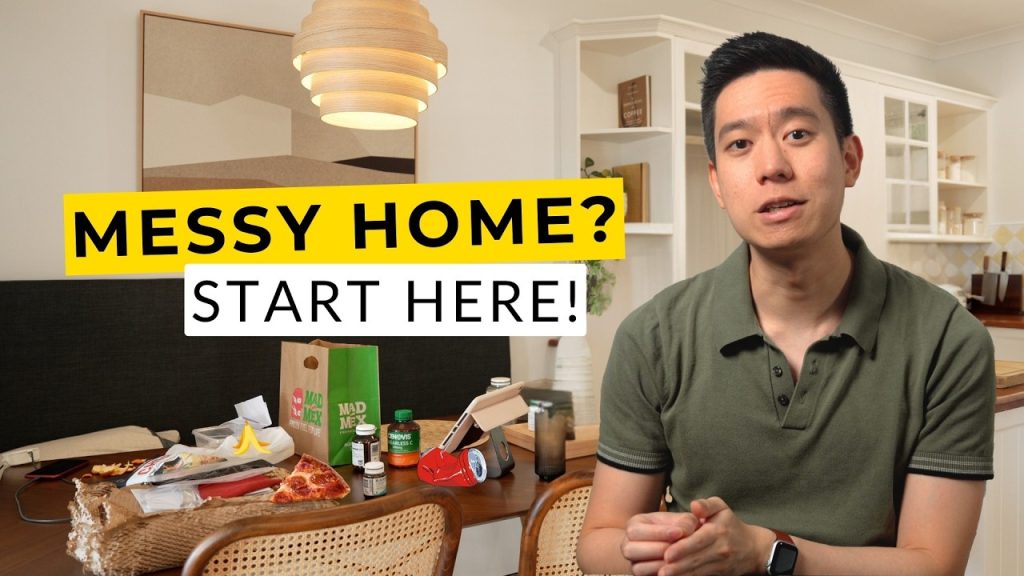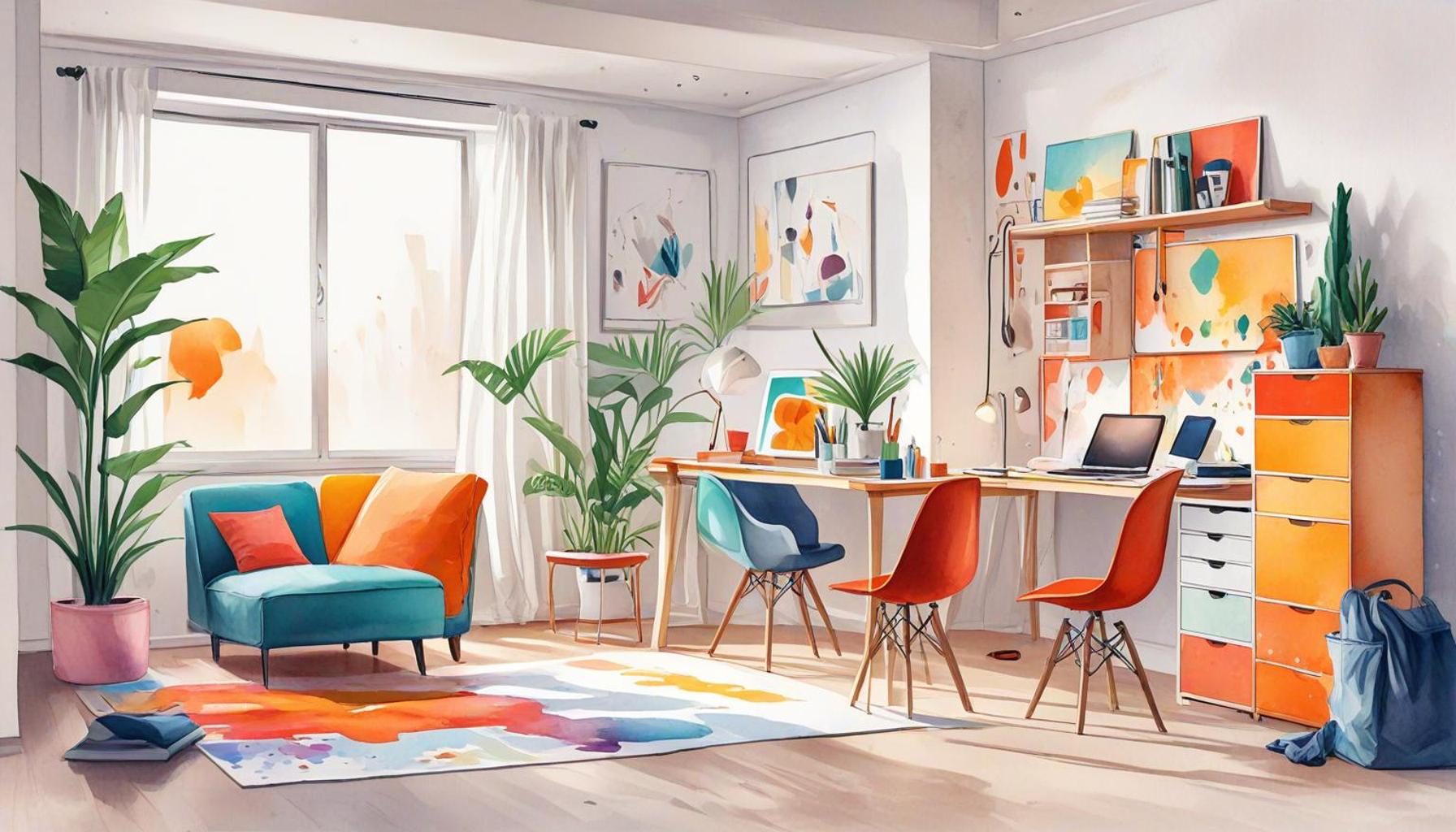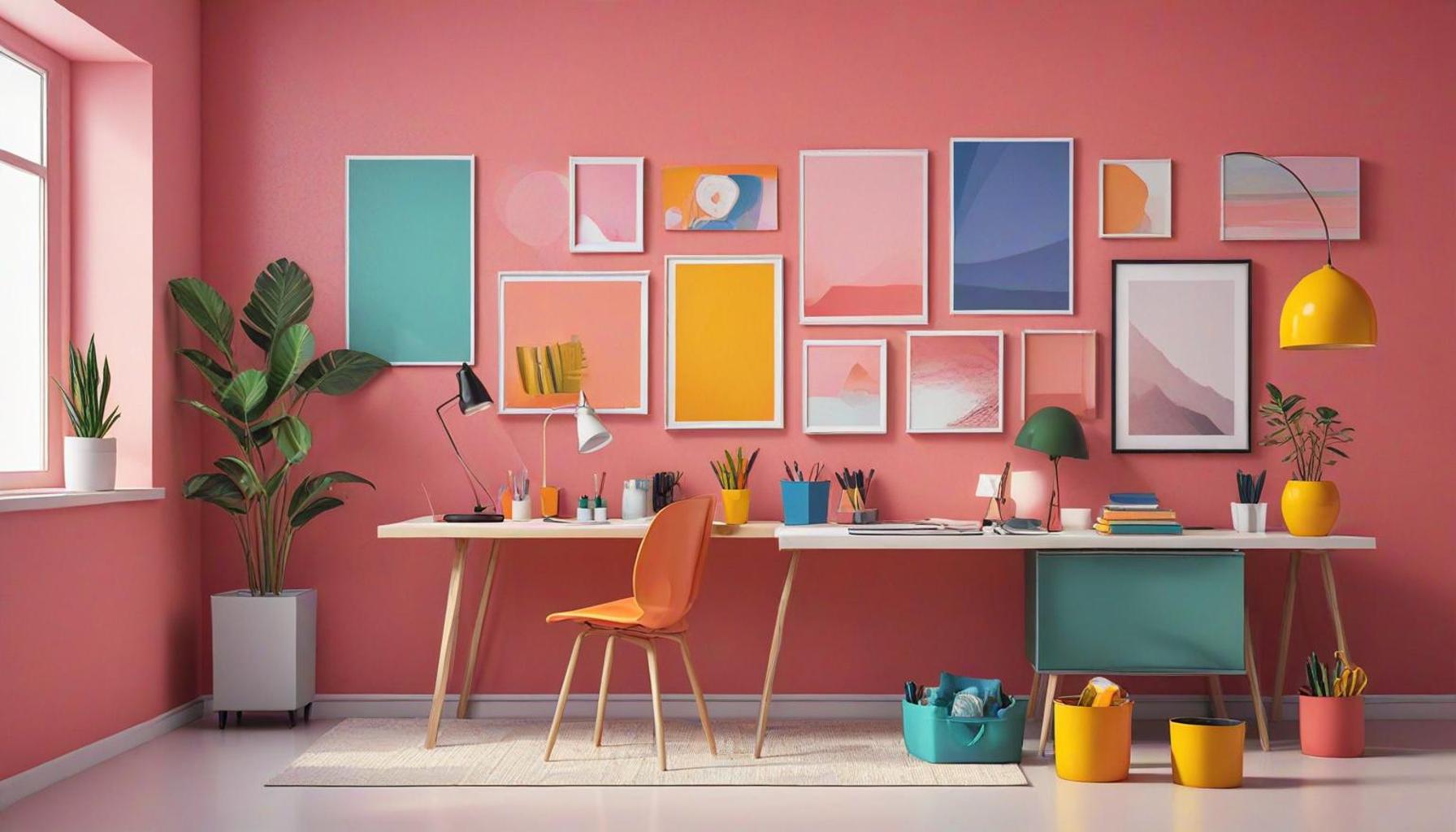Strategies for Letting Go: How to Free Yourself from Excessiveness to Create Efficient Spaces

Understanding the Art of Letting Go
In today’s fast-paced world, the allure of material possessions can significantly complicate our lives. Many individuals find themselves overwhelmed by an abundance of belongings, commitments, and expectations. The journey toward simplicity may appear intimidating, yet it is a vital step toward achieving efficiency and mental clarity.
One potent method to initiate this transformation is to assess what truly matters in your life. Spend time reflecting on the items you own, the social connections you maintain, and the responsibilities you manage. Discovering which of these elements genuinely brings joy or serves a purpose can help you determine what to keep and what to release. For instance, do you hold onto clothes that no longer fit or books you may never revisit? By identifying these emotional attachments, you pave the way for a more meaningful existence.
Setting Clear Goals
Once you’ve reflected on what you value, it’s crucial to set clear goals for your ideal living space. Define characteristics that would make your environment feel efficient—this could mean a clutter-free home, a manageable schedule, or balanced relationships. Visualizing this objective provides a framework, allowing you to create a roadmap that guides your decluttering process.
The One-Year Rule
Adopting the one-year rule can be an effective strategy for letting go of items that no longer serve you. If you haven’t utilized an item in a year, consider donating, selling, or recycling it. This approach not only helps clear out your physical space but also liberates your mind from the burden of unused belongings, creating an atmosphere conducive to peace and creativity.
Practicing Mindfulness
Incorporating mindfulness into your decluttering process encourages intentional decision-making. By focusing on the present, you can objectively evaluate each item and ascertain whether it aligns with your values and goals. Mindfulness practices, such as meditation or slow breathing, can transform the often emotional task of decluttering into a more manageable and insightful experience.

Starting Small
Finally, it’s beneficial to start small. Choose one room or even just a category of items, like clothes or kitchen gadgets, to declutter at a time. This method prevents feelings of overwhelm, allowing you to progress steadily. Celebrate small victories, such as clearing a closet or organizing a drawer, which can motivate you to tackle more significant projects.
Embracing a lifestyle of minimalism not only encourages an efficient space but can also foster richer, more fulfilling experiences. As we explore these strategies further, we’ll unveil how simplifying your surroundings can dramatically enhance your quality of life. Join us in this exciting journey toward mastering the art of letting go and uncover the benefits of living with less.
DISCOVER MORE: Click here to delve deeper
Embracing the Minimalist Mindset
To truly embrace the journey of letting go, it is essential to adopt a minimalist mindset. Minimalism is not just about reducing clutter; it is a lifestyle that emphasizes the importance of living with intention and purpose. As we delve deeper into the strategies for letting go, consider how this shift in perspective can be a catalyst for transforming your space, both physically and mentally.
Recognizing Emotional Clutter
While the focus may often be on physical possessions, emotional clutter can be just as burdensome. Recognizing and addressing the emotional obstacles that tie you to excessiveness is a crucial step toward creating efficient spaces. Ask yourself:
- Do certain possessions remind me of past failures or relationships that no longer serve me?
- Am I holding onto items out of obligation rather than joy?
- What will I gain from letting go of these physical reminders?
By answering these questions honestly, you can identify the emotional weight that comes with excessiveness and begin to lighten that load. This awareness can empower you to make more deliberate choices about what to keep and what to release.
Creating a Decluttering Schedule
One effective approach to making the decluttering process less daunting is to establish a decluttering schedule. By allocating specific time slots for decluttering activities, you can avoid the chaos of attempting to tackle everything at once. Here’s a simple framework to get started:
- Dedicate 15-30 minutes daily to focus on a single area or category.
- Establish weekly or monthly goals, such as decluttering one room per week.
- Incorporate seasonal decluttering, revisiting each room or category at least four times a year.
Having a schedule not only tracks your progress but also instills a sense of accomplishment in your journey, motivating you to continue simplifying your life.
Establishing a ‘Keep, Donate, Trash’ System
An efficient method to streamline your decluttering efforts is to implement a ‘Keep, Donate, Trash’ system. As you sort through your belongings, categorize them to minimize indecision. Here’s how:
- Keep: Items you use regularly or have significant emotional value.
- Donate: Those in good condition that you no longer need but could benefit someone else.
- Trash: Items that are broken, damaged beyond repair, or no longer serve any purpose.
This clear organization helps in making the decision-making process more straightforward and less overwhelming, ultimately reducing the time and effort it takes to declutter.
As we begin this journey of letting go, it’s crucial to acknowledge that simplicity breeds efficiency. By employing these strategies and incorporating intentionality into your choices, you can cultivate an environment that enhances your quality of life, fosters creativity, and contributes to your overall well-being.
| Category 1 | Category 2 |
|---|---|
| Mindfulness Practices | Enhance your ability to acknowledge and release unneeded possessions through focused awareness. |
| Streamlined Processes | Establishing effective methods for decluttering leads to systematic efficiency in managing your space. |
Delving deeper into the strategies for decluttering, one essential technique is the integration of mindfulness practices. Engaging in techniques such as meditation or simple reflective exercises can enhance our awareness of the objects we surround ourselves with. This conscious acknowledgment can pave the way for informed decisions about what truly enriches our living and working environments.Moreover, the development of streamlined processes plays a pivotal role in creating efficient spaces. By establishing clear methodologies for organizing, categorizing, and deciding on possessions, individuals can achieve systemic order. This not only simplifies physical surroundings but also nurtures mental clarity and peace, leading to a transformative effect on overall productivity. Implementing these strategies can catalyze a shift towards minimalism, ultimately freeing up mental and physical space for what matters most.
DISCOVER MORE: Click here to learn how to optimize your home spaces
Implementing Mindful Consumption
To successfully let go of excessiveness, it’s essential to shift focus from mere decluttering to adopting a habit of mindful consumption. This involves becoming aware of what you bring into your life, ensuring that every new item aligns with your values and needs. By doing so, you effectively reduce the likelihood of accumulating clutter in the future. Here are some tactics to cultivate mindful consumption:
- Pause Before Purchase: Create a rule for yourself to wait 24 hours before making any non-essential purchases. This gives you time to reflect on whether the item is necessary or simply an impulse buy.
- Prioritize Quality Over Quantity: Invest in fewer but higher-quality items that stand the test of time, instead of multiple items that only serve fleeting desires. This principle is especially beneficial in clothing and home decor.
- Keep a “Wishlist”: Instead of buying on impulse, maintain a wishlist of items you’d like to consider over time. This practice allows you to evaluate your needs without succumbing to immediate gratification.
Mindful consumption not only aids in reducing clutter but also fosters appreciation for what you already possess, further strengthening that minimalist mindset.
Changing Your Perspective on Sentimental Items
Sentimental items often pose a significant hurdle in the process of decluttering. These objects, usually associated with cherished memories, can weigh heavily on decision-making. To effectively manage these items, consider the following approaches:
- Digitalize Memories: Instead of keeping physical mementos such as old photographs or letters, consider scanning or photographing them. This allows you to retain the memory without the physical clutter.
- Create a Memory Box: Limit yourself to a specific box to hold sentimental items. Once it’s full, reconsider what’s truly valuable enough to keep. This self-imposed limitation encourages thoughtful decision-making.
- Reflect on Signs of Experience: Focus on the experiences attached to the item, rather than the object itself. Often, the feelings and memories can be preserved without the physical reminders.
By actively reassessing your relationship with sentimental items, you can alleviate some of the emotional clutter that hinders your decluttering efforts, paving the way for more efficient spaces.
Establishing a Sustainable Routine for Maintenance
Letting go doesn’t just end once you’ve cleared your space; it requires ongoing effort to maintain your newfound organization. Creating a sustainable routine is key to ensuring that clutter doesn’t accumulate again. Here are a few methods to keep your spaces efficient:
- One In, One Out Rule: For every new item you introduce into your space, make it a practice to let go of one existing item. This keeps your inventory balanced and reduces clutter buildup.
- Weekly Tidying Sessions: Allocate a short time each week dedicated to tidying up and reassessing your belongings. This regular check-in keeps clutter at bay before it becomes overwhelming.
- Encourage Accountability: Share your decluttering goals with friends or family. Whether it’s through a joint decluttering day or sharing progress reports, having others involved can motivate you to stay on track.
Establishing this routine not only reinforces the habits of letting go but also creates a culture of mindfulness and intentionality in your life.
DIVE DEEPER: Click here to learn more about enhancing mindful consumption
Conclusion
In a world where the accumulation of possessions can often feel overwhelming, letting go is not merely an act of decluttering; it’s a transformative journey toward cultivating efficient and meaningful spaces. By embracing mindful consumption, you can develop a keener awareness of what truly adds value to your life. Establishing practices such as waiting before purchases and prioritizing quality over quantity can dramatically reduce the clutter that builds up over time.
Additionally, redefining your relationship with sentimental items allows you to preserve memories without the physical weight. Through digital documentation and the creation of a limited memory box, you can honor your past while making room for a more organized future.
However, the process doesn’t stop once you have achieved a clutter-free environment. Establishing a sustainable maintenance routine is crucial to ensuring that your spaces remain efficient and pleasant. Implementing simple practices like the one-in, one-out rule or engaging in weekly tidying sessions can forge a path to lasting change.
Ultimately, these strategies are not just about freeing yourself from excessiveness; they are about fostering a lifestyle centered around intentionality and appreciation. As you embark on this path, remember that each small step contributes to a more streamlined and fulfilling existence. The journey to efficient spaces begins with you, and the possibilities are endless. Embrace these strategies, and watch as you create not just physical space, but also mental clarity and emotional freedom.


